There is no way I can do justice to Daniel’s nearly four-hour long tour about Communism in Bulgaria, but I suppose sharing a bit is better than sharing nothing…
Daniel was born in the late ’80s, as Communism collapsed. So his personal story is what his parents told him and more about the period of reconstruction than actually remembering what it was like to live under the regime.
To start, it’s a misnomer to call Communist countries Communist. Communism was a utopia that was aspired to, but the countries we think of as being Communist (like Russia) were instead hard core socialist states aiming to be Communist. This period in Bulgarian history started after the Second World War, during which Bulgaria was half-heartedly aligned with the Axis powers.
By the way, both Nikola and Daniel shared the darkly funny story of how Russia was pressuring Bulgaria to be more aggressive during WWII, so they decided to declare war on the country the farthest from them, figuring they wouldn’t be found on the map: the United States. Well, they were found and the US bombed the hell out of them…
Another thing about Bulgaria during this time that I should have mentioned in my last post is what happened to the Bulgarian Jews during the Holocaust. There was immense pressure from Hitler to deport them to the death camps. Bulgaria’s leaders stalled, claiming that they needed their Jews for reconstruction work. They stalled so much that the entire Jewish population in Bulgaria was spared, something that Bulgaria, deservedly, is very proud of!
The Communist tour started at the court house, but our first stop was the old Princess Korek building. There is no consensus on where the name came from and it is incredible the sign is still up. This building used to be a department store where certain people could buy luxury goods, which were anything not made in Bulgaria, from a Tic Tac to a Rolls Royce. You could only shop in there if you had US dollars and only a small group could have US dollars. Daniel’s parents said that shopping there was a matter of knowing someone who knew someone.
The building hides this small church. Expressions of religion were frowned upon during the Communist era, but not outwardly banned as that would have turned religion into something of a forbidden fruit. It was still something very private that you did not discuss with neighbours. Another guide was baptised in this church and it was done at night with a very small group of people. The Princess Korec building was built in such a way as to hide the cross from the street.
The Church of St. George is another example of a church that was hidden in plain sight. This is the only view of it not obstructed by other buildings.
And here’s another sneaky church.
We turned into this alley and the atmosphere was suddenly sinister. The picture does not do justice to how oppressive this alley felt.
As it turned out, my gut feeling was correct. This building that is now a night club is where agents would “interrogate” (read, torture) dissidents of the state.
This is the Bulgarian parliament, a few blocks from the Communist headquarters.
The Communist headquarters were built in the solid “Communist style,” with three types of Greek columns marking the evolution of Communism. Daniels showed us pictures of the complex being built and then of the red star being removed. It is apparently on display in a museum in Sofia. There was a fourth building planned, but they ran out of money so, instead, there was a statue of Lenin.
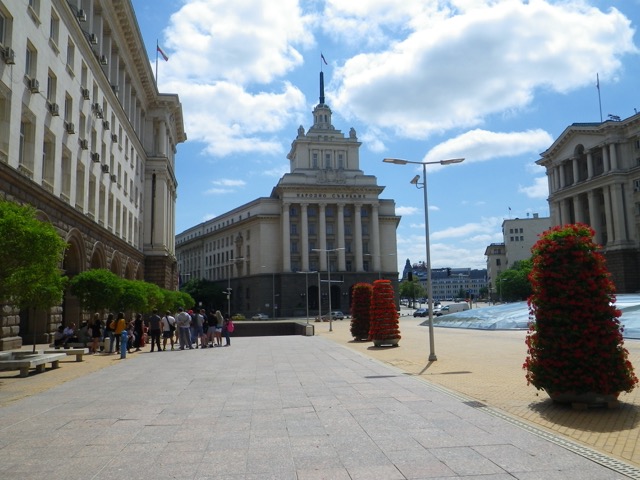
This is the Monument to the Tsar Liberator, for Russian Emperor Alexander II who liberated Bulgaria from Ottoman rule during the Russo-Turkish War of 1877-1878. It is in front of the Parliament building.
We paused here to discuss some positive benefits of life under Bulgarian Communist rule:
- There was financial security under Communism. Daniel’s parents lost everything after Bulgaria became a democracy and the currency was devalued. Things they had taken for granted, like food, suddenly became scarce.
- Education was free, even if there was a lot of propaganda.
- There was gender equality, so much so that Bulgaria has one of the smallest wage gender gaps in the world, maybe even smaller than that of the Scandinavian countries.
- Many social programs, like a generous maternity leave, still exist today.
At another stop , we discussed some of the negative aspects of living under Communism, like limited freedom of expression, but, to be honest, I don’t remember any extensive discussion of the cons like the pros. It was more something that we gleaned as the tour progressed.
One thing I found interesting was how housing was attributed by the government and you could wait for years to get an apartment. Daniel’s parents waited for years for their own place and raised Daniel and his brother in the same small apartment where one of his parents had grown up, sharing it with his grandparents; three generations living under one roof.
From our spot in front of the Parliament building, we could see Sofia University.
We moved on to the controversial “monument to Communism,” showing a peasant, worker, and soldier.
Notice that there is more brasswork to the bottom right. Hold that thought.
The monument is in front of a skatepark. Kids tried to run up the sides, but failed.
This guy didn’t. Wow!
The statues below the monument to Communism have been the subject of vandalism. This happened in 2011. Notice Ronald McDonald!
Here it is today, cleaned up, but you can still see traces of the pink paint from another assault on it. The monument is now guarded by a video camera monitored by the “Friends of Russia.” I don’t dare look that up. 😀
I didn’t take any more pictures of the National Palace of Culture, but we did talk about it a bit. It’s a convention centre and folks are polarised over its utility, or lack thereof. Daniel also talked about the monument to 13 centuries of Bulgaria and how it was built over a monument to WWI veterans. The monument was poorly constructed and fell apart quickly. Currently, the plan is to raze it to… build a monument to WWI veterans.
We continued to this little church…
In front of which is the monument to all those who died during the Communist era. Thousands of names etched in stone…
Our final stop was this piece of the Berlin Wall…
At the end, Daniel gave us all a little pin to remember our tour by. Pins were apparently very popular at one time and he had quite a collection. We picked ours at random. He wasn’t sure what mine symbolises. мая is May, as in the month. I just popped the tiny letters into Google Translate and got “Patriotic War.” Nice little souvenir!
This post does not even remotely do justice to Daniel’s tour. We learned about leaders of Bulgaria, assassination plots, conspiracy theories, and more. The tour had a fairly neutral point of view and ended with a brief description of how and why Bulgaria has managed to move into the West, with it being a member of the EU, while other nearby countries, like Serbia, have not and are aligned with Russia. It made me realise that I cannot leave this region without visiting other Balkan states.
I have to add something I should have mentioned on the free tour post. The Cyrillic alphabet is linked with Russia but guess what? It started in Bulgaria and Russia later adopted it! I was really surprised to learn that.
Well, if you’ve done the math, I started my day around 9AM and it was now almost 8PM and I had walked who knows how many kilometres. As you can imagine, I was very glad that the tour ended just a few blocks from the hotel. I thought we’d be much further away and had planned on taking a cab home. I was not even remotely hungry so I went straight back to the hotel and crashed. It wasn’t a matter of being too tired to look for food since there was a convenience store right by the hotel where I could have picked up munchies, but I was just beat and still digesting all that pizza and cake!
Sunday was a ridiculously full day, but a really good use of my time in Sofia. I really hope it won’t be my only chance to visit Sofia, but if it is, I hit all the main points.


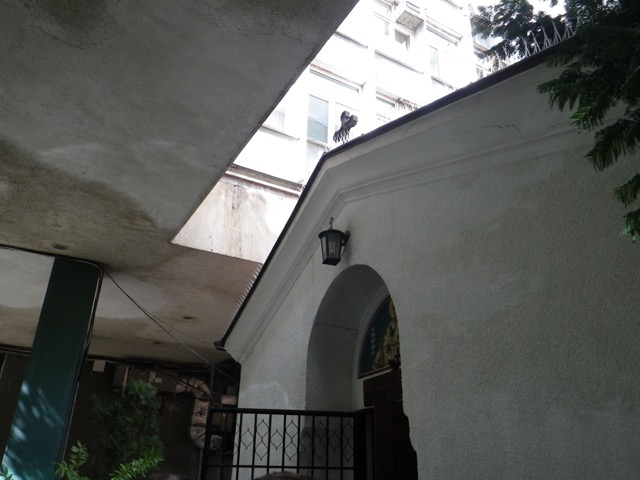

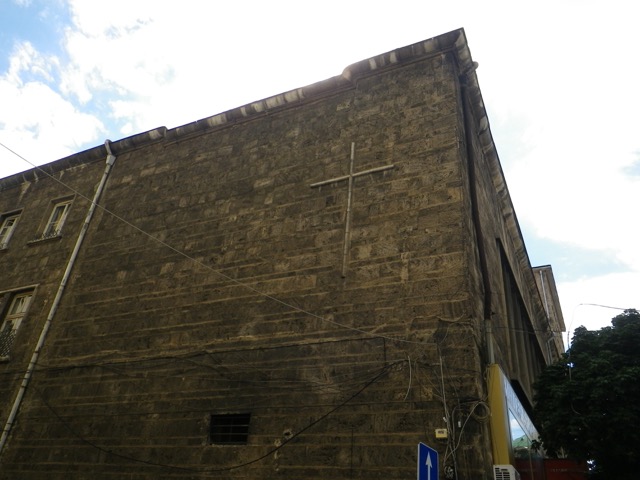







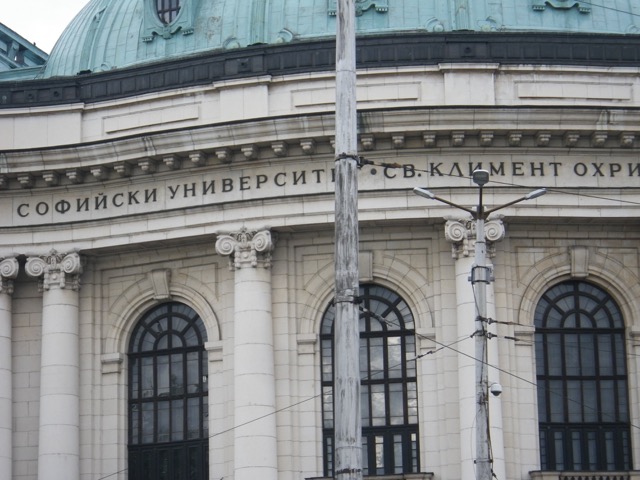





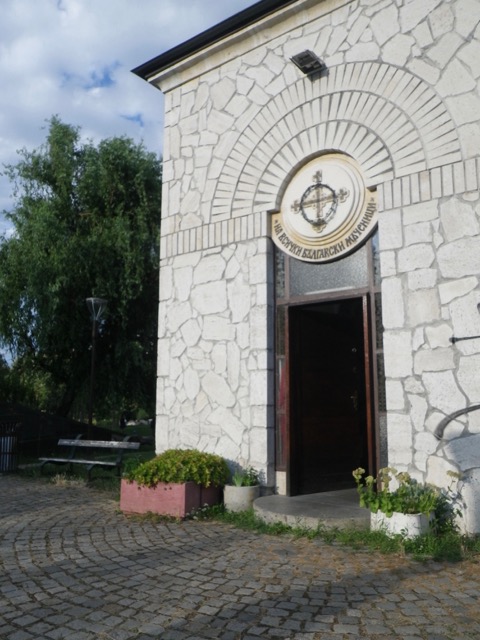
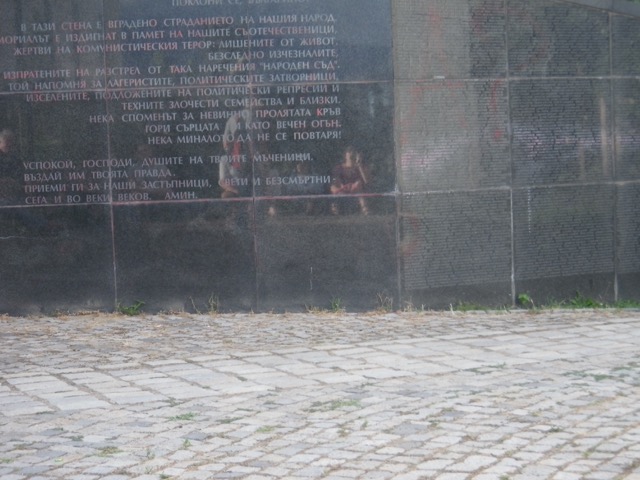
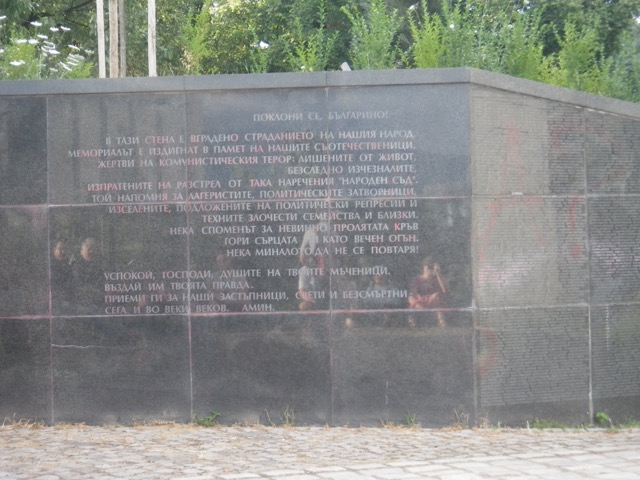



Another great tour. Thanks. I am wondering how much of Sofia you have left to see after these two full days!
Glad you enjoyed it! All I have to see is the inside of many of these buildings and a couple of museums!
Wow, some great info in this post. Good on them to protect the Bulgarian Jews. Love your pin, very cool.
I have a feeling that pin should not be worn in polite company!
Pingback: A Second Very Full Day in Plovdiv |